Long-Term Carbon Cycle: Carbon Dioxide to Hydrocarbons
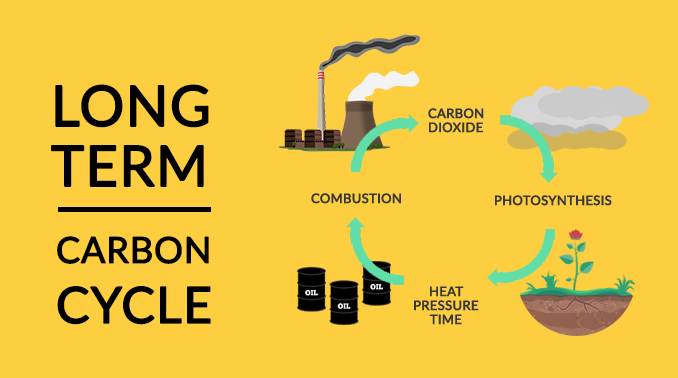
DEFINITION:
The long-term carbon cycle is how carbon is stored and released over geologic time through things like volcanic eruptions, rock weathering, and fossil fuel formation.
What is the Long-Term Carbon Cycle?
Carbon is in motion in the long-term carbon cycle.
But the distinction between the short-term carbon cycle is that this cycle takes millions of years to come full circle.
Carbon can take up various forms. Instead of carbon converting into sugars, carbon is re-purposed into fossil fuels like coal.
When plants are buried and compacted over millions of years, they become hydrocarbons.
How does combustion create carbon dioxide (CO2)?
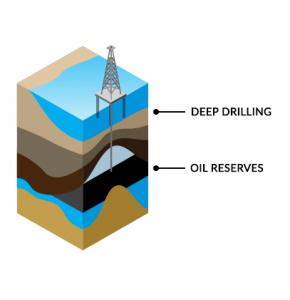
When you drive a gas-powered vehicle, you tap into Earth’s carbon reserves deposited hundreds of million years ago. Our cars use carbon in the form of gasoline (C8H18).
After we consume it to make our cars move, carbon becomes a pollutant like carbon dioxide (CO2) in the atmosphere.
So what takes millions of years to create, we use in our cars to fuel them in minutes. And the reason why we use oil is that it’s cheap, plentiful, and relatively easy to pull out of the ground.
This high energy and non-renewable resource is the lifeblood of our economy. Likewise, we rely on them to power our everyday life.
What is the origin of Earth’s oil reserves?

Carbon dioxide may stay in the atmosphere for a while, but eventually, plants consume it during photosynthesis. So that same weight from the tank of gasoline gets converted into wood or plant material by photosynthesis.
Much of the coal that we find today was produced during the Carboniferous period from hydrocarbon plants.
Over 300 million years ago, vast swamp forests laid down gigatons of hydrocarbons. Hydrocarbons are millions of years in the making. To this day, we still extract and reap the rewards.
Marine organisms like algae and microscopic animals and plants died over the ocean floor. Without oxygen, they were compacted, heated, and turned into oil and gas reserves over millions of years.
Long-Term Carbon Cycle
The long-term carbon cycle is a geological process that involves the movement of carbon between the Earth’s surface, its interior, and the atmosphere over millions of years.
It plays a critical role in regulating Earth’s climate and the carbon content of the atmosphere by cycling carbon through processes such as weathering, burial, and volcanic activity, contributing to the stability of our planet’s climate and habitability.
Do you have any questions? We’d love to hear from you! Please let us know with a comment below.

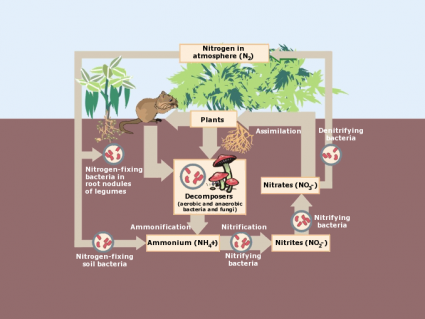
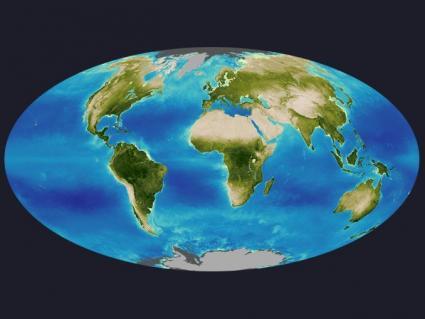
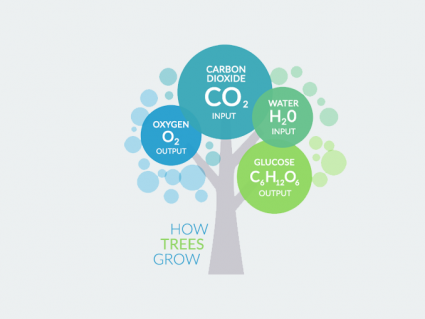
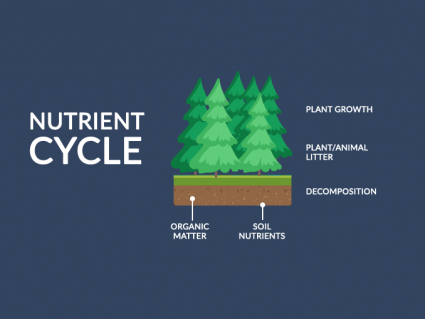
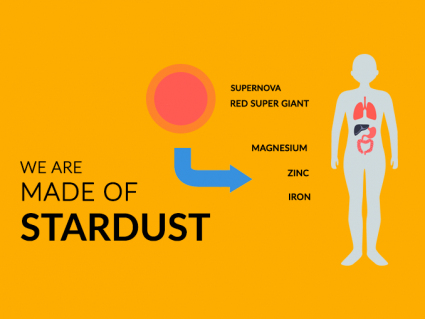
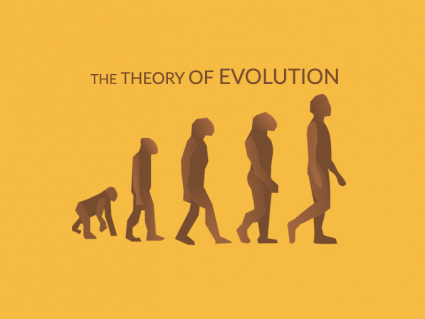
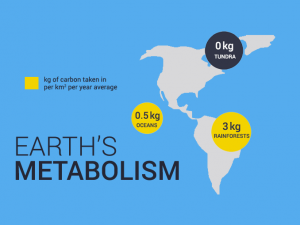

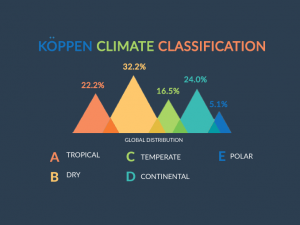


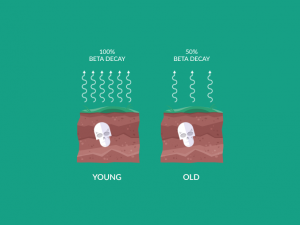
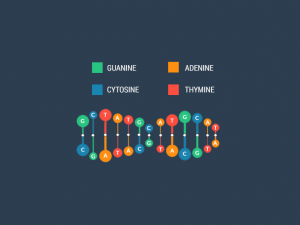

Do you have data for how much heat has been released into the atmosphere from the wasted energy that didn’t go to torque when fossil fuel was burned, from all sectors? Either on a daily basis, yearly basis, or in total and either a global scale or just the U.S.A? BTU is fine.